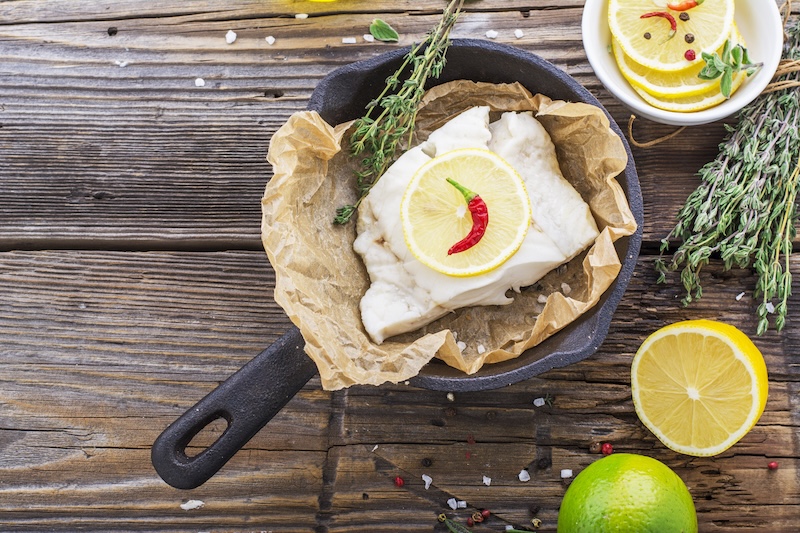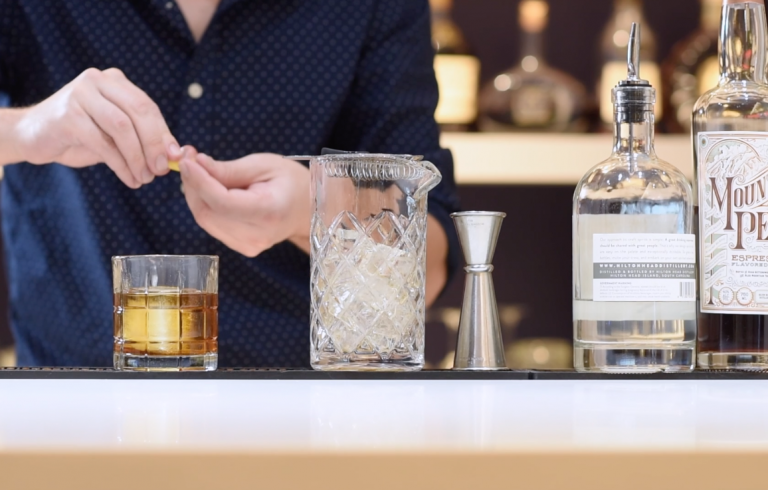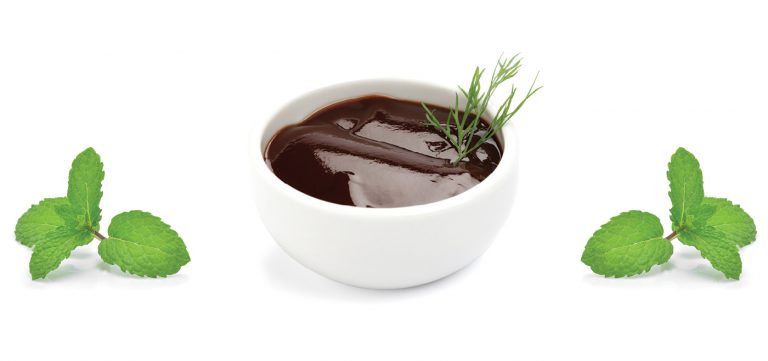The Right Way to Cook Every Type of Fish: A Pro Chef’s Guide
The right way to cook fish
Fish can be one of the easiest things to mess up in the kitchen, but it doesn’t have to be. The key is knowing how to match the type of fish with the right cooking method. A thick, fatty piece of salmon won’t behave the same way as a delicate fillet of sole. Texture, thickness and fat content all play a role in how it cooks and how it tastes. To help make the process feel less like a guessing game, we asked Chef Alecia Angioletti of Skull Creek Dockside to share her go-to methods for preparing fish. Whether you’re roasting, grilling or even microwaving (yes, really), here’s how to get it right.
Baking
Best for: Thick, oily fish like salmon or halibut
How to: Bake at 400 degrees for 8 minutes per 1/2 inch of thickness
Why it works: It’s a gentle way to cook fish evenly and keep it moist. Just avoid baking at too low a temperature or you’ll get that milky white stuff (called albumin) oozing out.

Broiling
Best for: Fatty fish like salmon or mahi-mahi
How to: Broil for about 2 minutes per side, depending on thickness
Why it works: High heat from above gives you that delicious char. Score the skin to keep it from curling and steer clear of oversized cuts.

Grilling
Best for: Firm, meaty fish like swordfish, tuna or salmon
How to: Grill at 400 to 450 degrees for 8-10 minutes per inch of thickness
Why it works: Big cuts can handle the heat and keep their shape. Use a grill basket for filets or go straight on the grates with a whole fish.
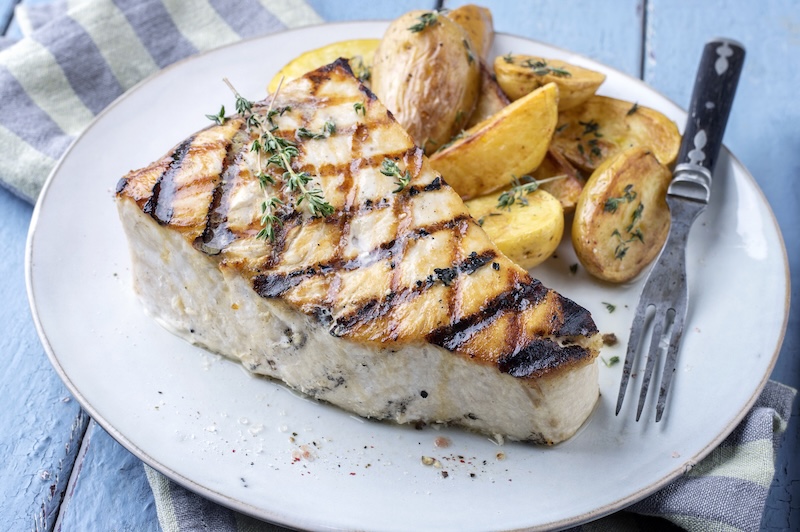
Pan frying
Best for: Delicate, thin-skinned fish like sole or branzino
How to: Fry for about 3 minutes per side in a hot pan
Why it works: A little oil and a quick sear = crispy skin and flaky flesh. Score the skin to stop it from curling in the pan.
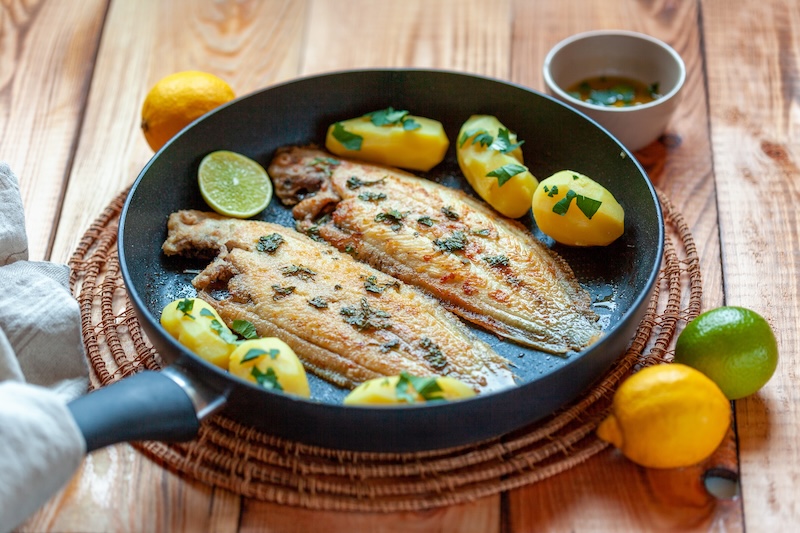
Deep frying
Best for: Mild white fish like cod or catfish
How to: Fry at 375 degrees for 2 to 4 minutes
Why it works: Nothing beats that golden, crispy finish. Want a healthier option? Try the air fryer instead.
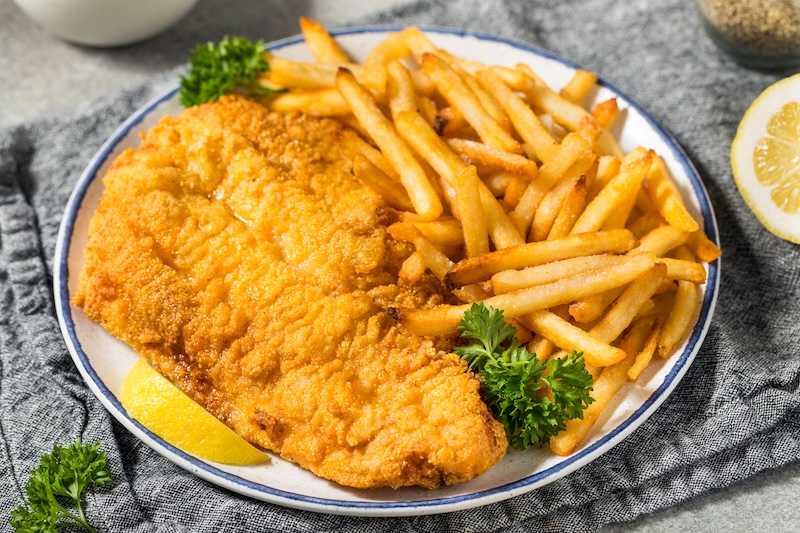
Sous vide
Best for: Oily fish like salmon or tuna
How to: Cook between 135-143 degrees for 14 minutes to 1.5 hours, depending on thickness
Why it works: Sous vide gives you control. The texture is silky and consistent. Just follow your device’s guide for timing.
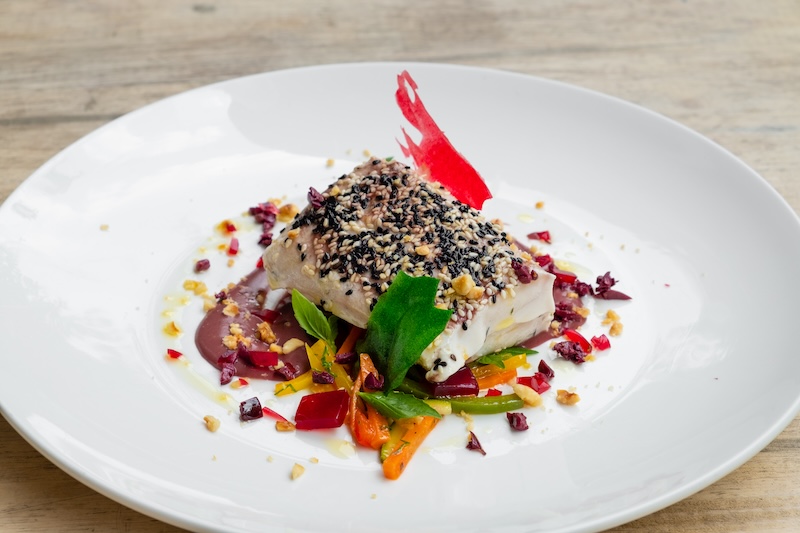
Poaching
Best for: Lean, delicate fish like cod or sole
How to: Simmer gently in seasoned liquid for 6-10 minutes
Why it works: Low and slow keeps the fish juicy and tender. Bonus: your kitchen will smell amazing.
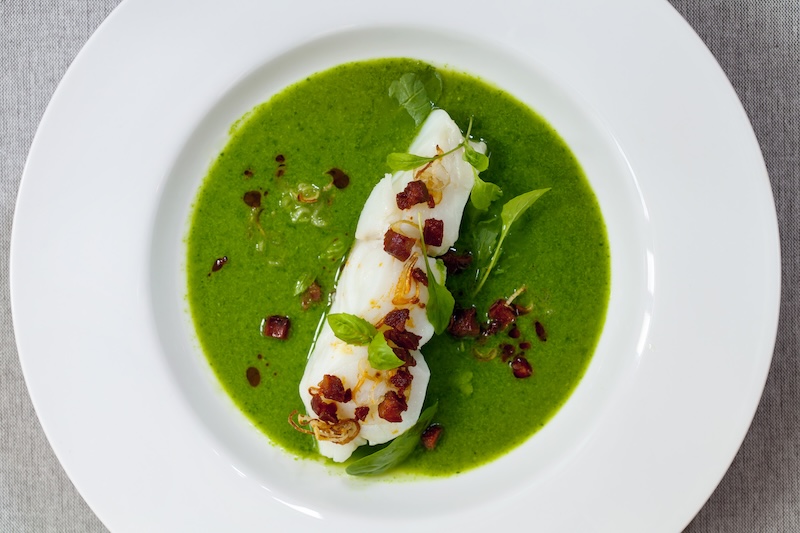
Microwaving
Best for: Thin, mild fish like cod or sole
How to: Microwave on high for about 3 minutes
Why it works: It’s surprisingly effective. Just add a splash of water and cover loosely to avoid drying it out.
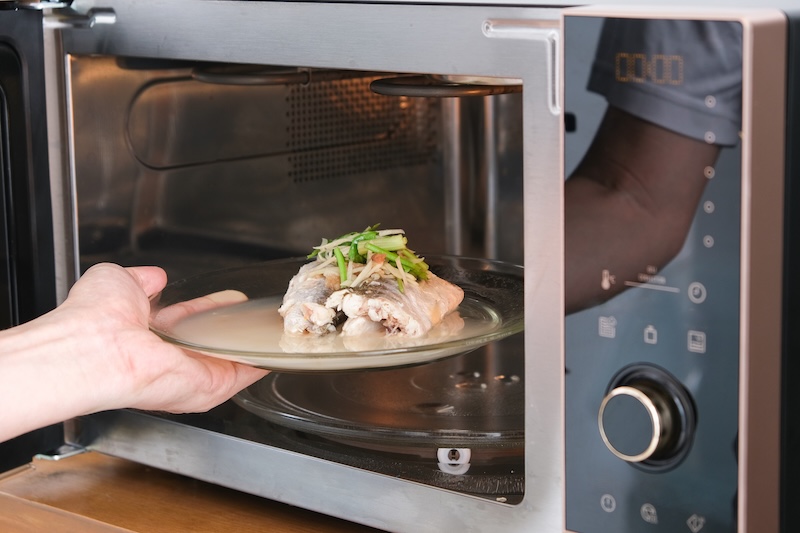
En Papillote
Best for: Tender fish like tilapia or pollock
How to: Bake at 425 degrees for 12-15 minutes
Why it works: This method steams the fish inside a parchment packet, locking in flavor. Toss in veggies, but skip ones that release too much water.
